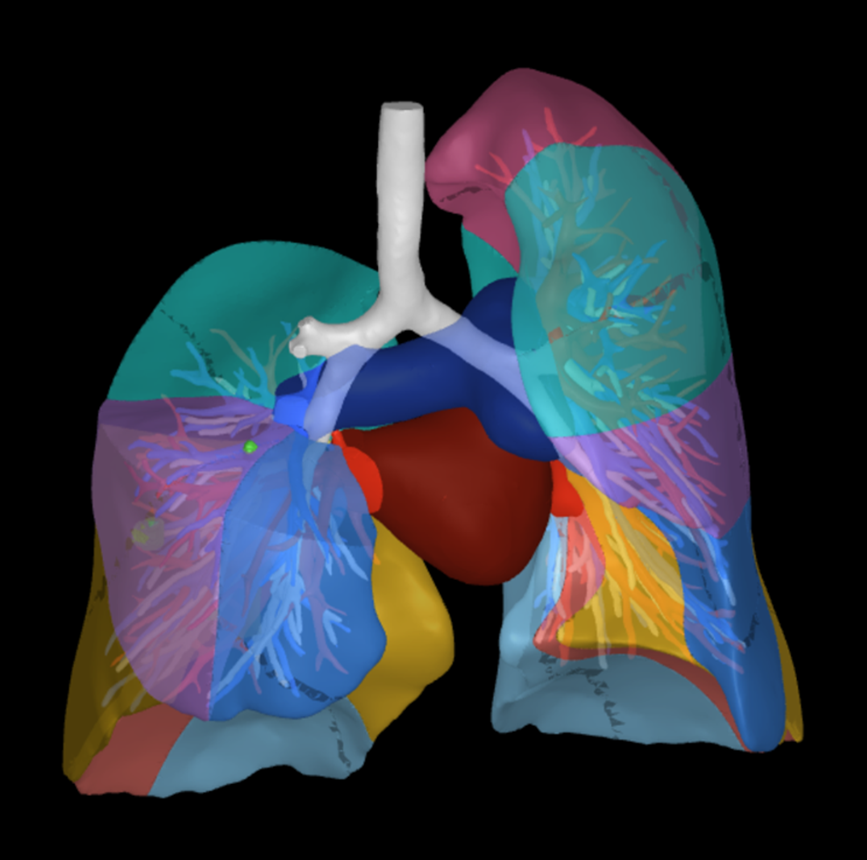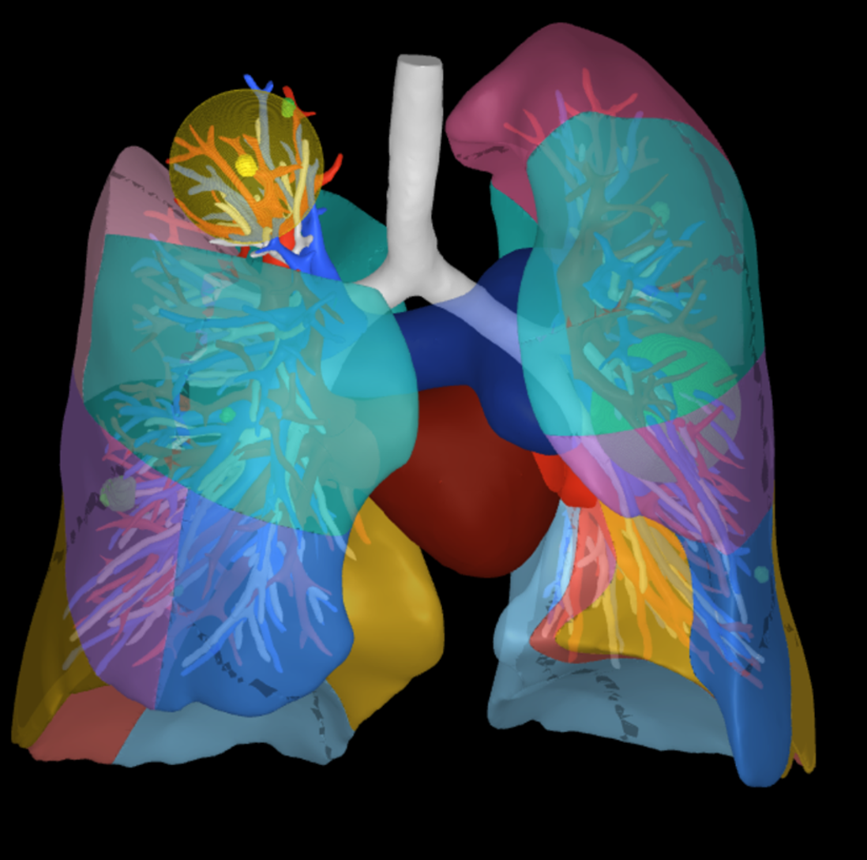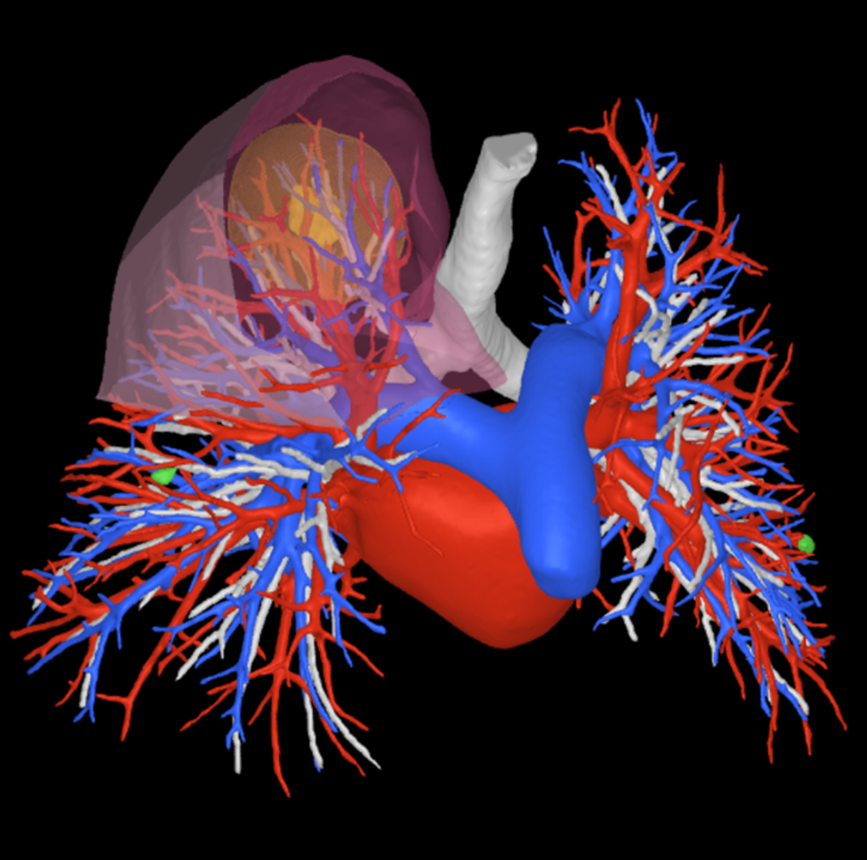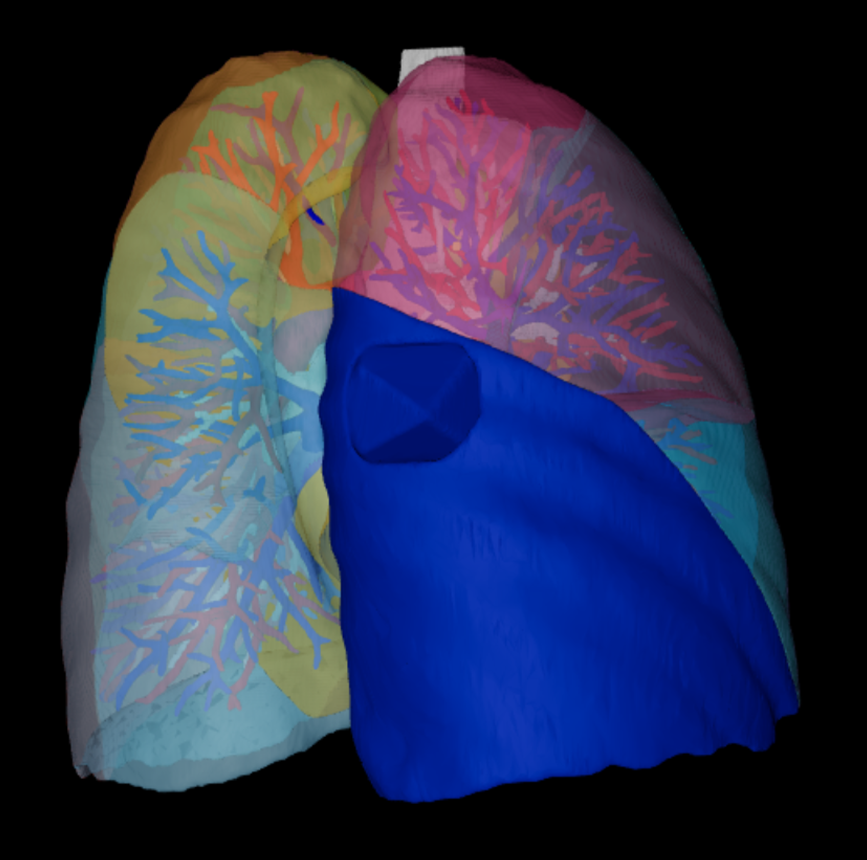
Dr. Harry, a thoracic surgeon at Tenon University Hospital in Paris, highlighted how InferVision’s 3D reconstruction system improved surgical planning, enhanced anatomical clarity, and boosted confidence—especially in complex lung resections.

“I tried InferOperate twice and both influenced my surgical decisions. In one case, I switched from a segmentectomy to bi-segmentectomy, in another case, from a bi-segementectomy to a tri-segmentectomy. In the first case, the originally planned surgery of a single segment could not guarantee safe resection distance. In the second case, the patient had an anatomical variant which couldn't be easily identified from the CT scan. However, the variant was well displayed in the InferOperate 3D reconstruction and helped change my surgical plan.”


World’s first MRMC clinical trial in thoracic surgery involving AI has comprehensively validated the value of InferVision’s AI-based 3D reconstruction system across multiple dimensions, including preoperative identification of anatomical variations, surgical approach selection, planning efficiency, and enhancement of surgeons’ confidence.



In the primary analysis, AI-3D assistance exhibited a superior case-wise median accuracy of 0.87 compared to 0.78 without AI-3D in anatomical variant identification (p < 0.01). This improvement corresponded to a 41% reduction in identification error (RR = 0.59, 95% CI = 0.56 – 0.63).
The system significantly improves the accuracy of anatomical variant identification by 9%
Reduced the error rate in anatomical variation identification by 41%


The accuracy for operation procedure selection was improved from 0.77 to 0.85 with AI-3D assistance (estimated improvement 0.08, 95% CI = 0.04 – 0.12). Mistaken resection, defined as resecting the wrong lesion, was reduced by 73% (RR = 0.27, 95% CI = 0.16 – 0.45). Insufficient resection, characterized by inadequate resection margin, was decreased by 51% (RR = 0.49, 95% CI = 0.38 – 0.70). These findings highlight the primary role of AI in operation procedure selection: it effectively pinpoints the target lesion and minimizes the risk of insufficient resection due to misinterpretation of resection margins.
Surgical approach selection accuracy
Surgical approach selection error rate
Mistaken resections
Insufficient resections


.png)




